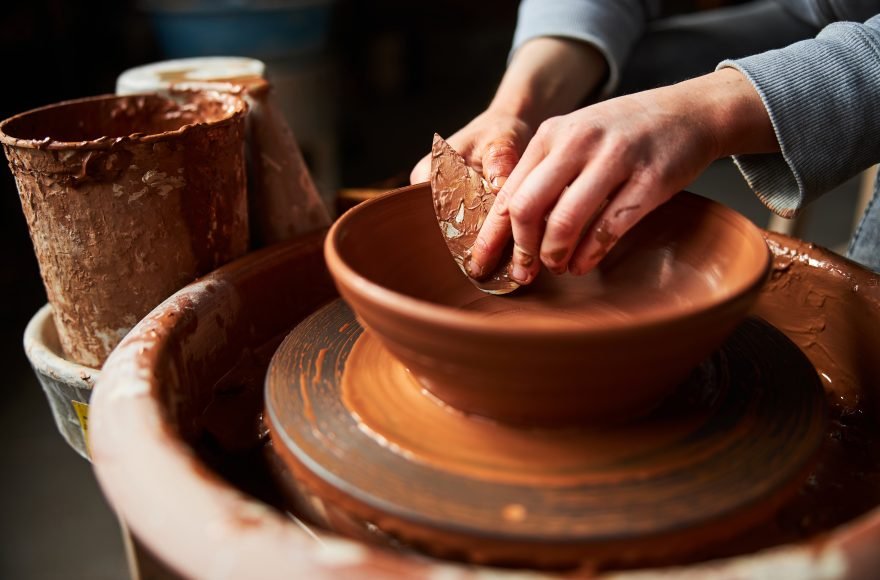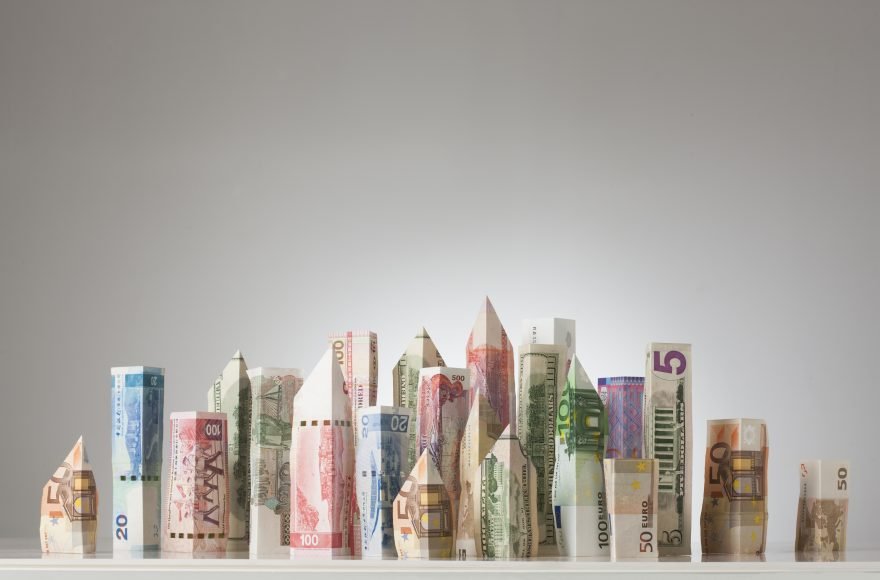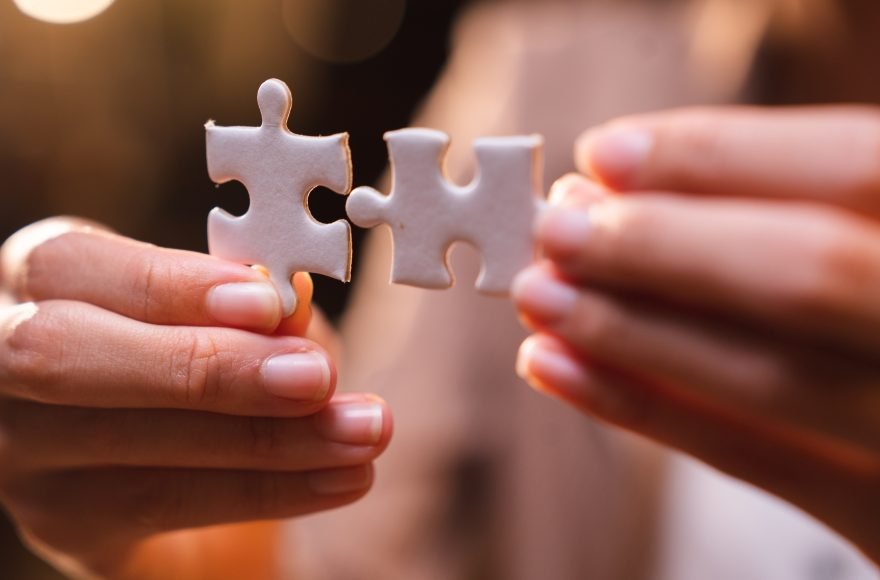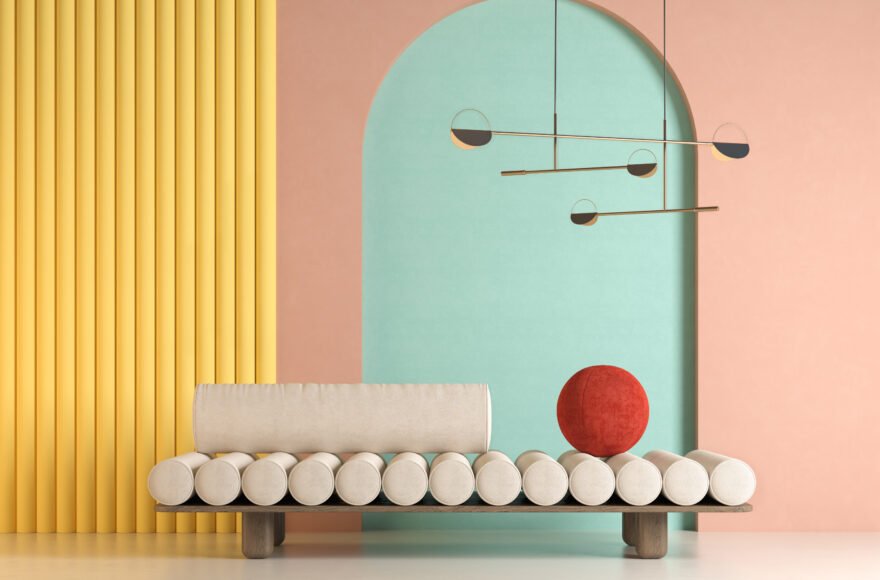9 ‘High-efficiency’ strategies for Creative professionals

Are you losing efficiency in the name of creativity? Are designs taking way too long to get accomplished?
Here are tested strategies for immediate implementation
Defining efficiency
The ability to arrive at the desired or better result, in the least amount of time or lesser than it took previously.
We are talking about the two aspects of result – time and quality.
Efficiency is simply better-quality output in lesser time.
Creative professionals’ dilemma
A designer’s effort involves the intangible dimension of ‘creativity’. Which may lead to either the result getting compromised, if completed on time or it takes way too long to achieve the desired quality.
Yesterday’s creativity may be invalid today
With the advent of technology in today’s fast-paced world any creative endeavor runs into redundancy if delayed. This in my view is the biggest risk in creative endeavors.

The 9 Strategies
While it is hard to place measurable metrics in any creative endeavor like designing, implementing the following 9 strategies can help significantly improve efficiency of a design studio.
1. Preparation
Planning and preparation at the beginning of a design endeavor cannot be stressed enough. There are 3 parts to it…
In the initial fuzzy phase of design, a clear and confusion free brief from client goes a long way in achieving early breakthroughs.
Stressing upon as much clarity as possible from a client’s perspective in the brief is critical. Absence of which can significantly de-rail the project.
Project specific data collection by the design team requires sharp focus on the desired content. Excessive data gather and analysis are better avoided.
Team and necessary tools should be ready along with information (Brief and Data as illustrated above) to get started.
Team, Tools and Information should be gathered quickly to get started.
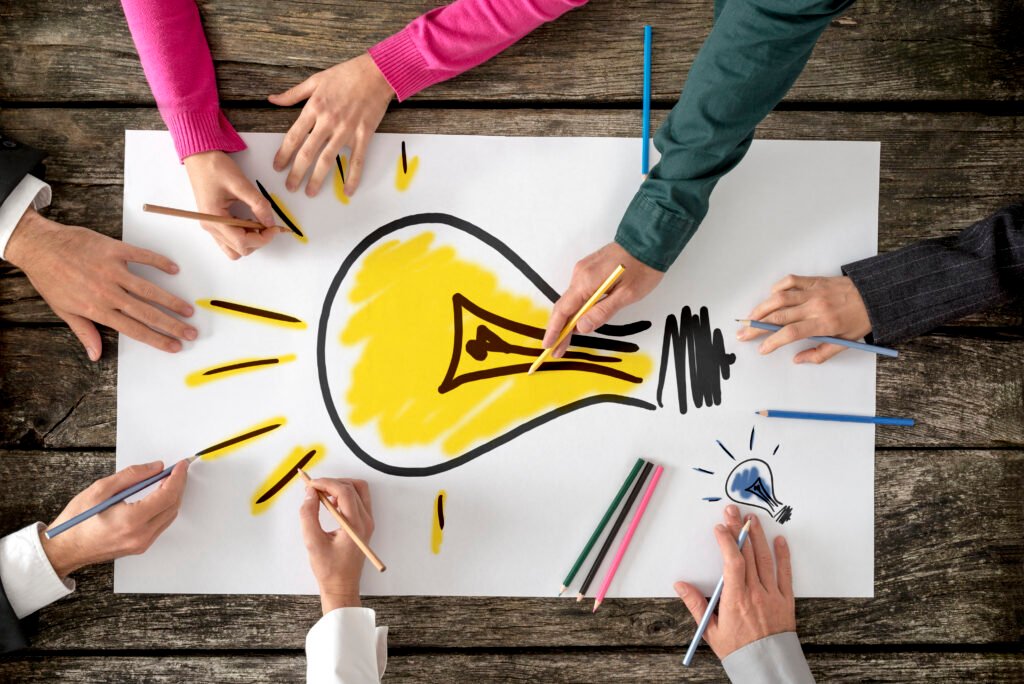
2. Inspiration
Based on the initial inputs and the nature of design desired, the team lead can draw inspiration from the best examples available for the context in question.
Inspiration can also come from a variety of sources – nature, one’s own intuition, an image or even poetry. Just anything that corelates…
This aspect is purely subjective to the designer and the ‘Design Philosophy’ of the individual or organization.
3. Brainstorming
The celebrated ‘IDEO process’ of Brainstorming is my personal favorite.
This is a process of team huddle with lots of paper/post-it notes and writing instruments to explore and list down wild and freaky ideas, without heed to their relevance and rationale. The list however gets debated, pruned and filtered to arrive at the best 4 ideas.
This exercise is to be done with a 60-minutes timer so as not to get lost in wonderland. My personal advice is also to keep the brainstorming team small.
This ideation process is best done during the most productive hours of the day – mornings.
A rapid-fire ideation exercise is the best technique for getting fast track creativity.
Uninhibited ideas listed down taken through a screening mechanism of elimination, voting and arriving at the best 3 to 4 ideas to put to test
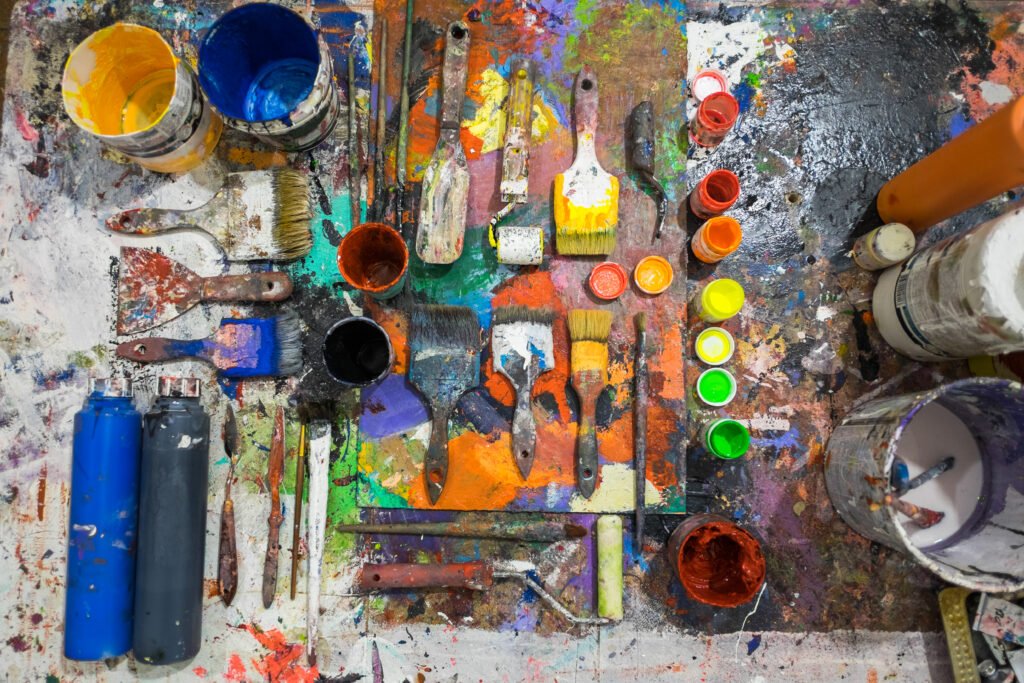
4. Fail early, fail fast
Creative professionals need to ‘fail early and fail fast’ during the design effort.
This might seem counter intuitive, but is the best strategy to apply for faster results.
In design studios the freedom to fail and fail faster should be the most important culture.
· Getting it right first time is old, getting it right faster by failing faster is the right rule
· Perfection is the enemy of progress. There must be a stage when we say enough and progress towards finishing
· Identifying a fully boiled design is a matter of expertise, akin to skill of a chef in kitchen
· Over-refined design may be bad design
Failing faster on the weak ideas exposes the winning idea to be developed.
5. Avoiding time wasters
Here is a random list of time robbers in a workplace
· Popular distractions of phone, social media and even genuine client calls during prime hours
· Excessive research and information analysis
· Frequent breaks for coffee, smoking etc.
· Tasks requiring urgent attention, interruptions
· Frequent reviews!
Procrastination – designer’s companion
The other culprit of poor efficiency in design studios is procrastination. Designers generally tend to suffer from a ‘not being in the mood’ disease.
There is no ideal time and space. Design can happen anytime, anywhere -more so during pressure situations
6. Commitment to ‘winner idea’
Without second guessing the winner idea must be trusted for its fruition.
This idea has cleared the failure test and must be trusted.
As creative professionals we tend to get attracted to the next big idea that appears in the course of time.
Developing conviction towards the winning concept or idea is extremely important.
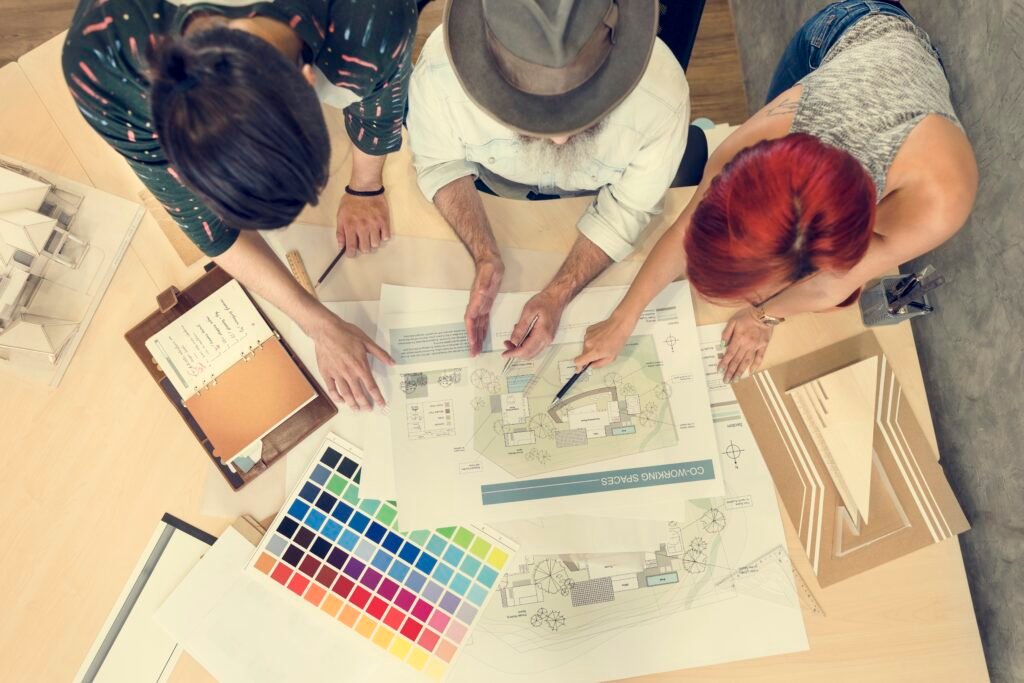
7. Development
This step requires focus and seriousness to detil out the idea or concept into an implementable solution. It could be the most time consuming of the activities involved.
During this process attempts should be made to validate context, brief and winning idea correlation to ensure alignment.
8. Conviction – while presenting
Once the above steps are covered and a killer design is ready to be presented the only faculty that can kill it is your client. A client has no idea of the entire rigor and process that has brought the design to fruition.
A slip-up at this stage would mean re-work of the entire process.
However minor tweaks without diluting the concept should be welcome post presentation.
Only the presenter’s conviction and posture during presentation can get the winning design to finish line.
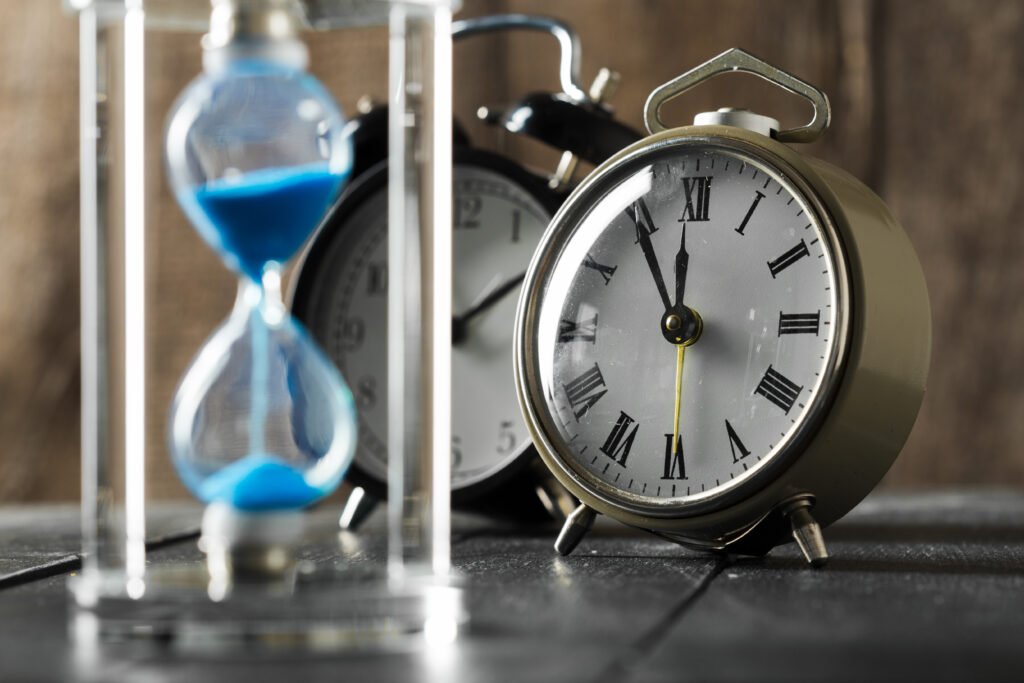
9. Keeping track of time elapsed
Keeping account of time is boring, Agreed! particularly for designers.
There are two parts to the time computation here – ‘Elapsed time’ and ‘Activity time’
Elapsed time is measured in days from start of design effort till day of presentation
Activity time is measured in hours for each activity for the steps illustrated above
An account of these two times will surely provide insights and valuable inputs for the next project
Conclusion
For me design process is exciting and frustrating at the same time, swinging between high inspiration to tension. Putting the same into a sequence and methodology, I felt was essential for myself and my own team at CREO.
This compilation is the result of that and I am glad to share it with my peer group of designers for their success in design endeavours.
Please do leave a comment or message me your thoughts!

